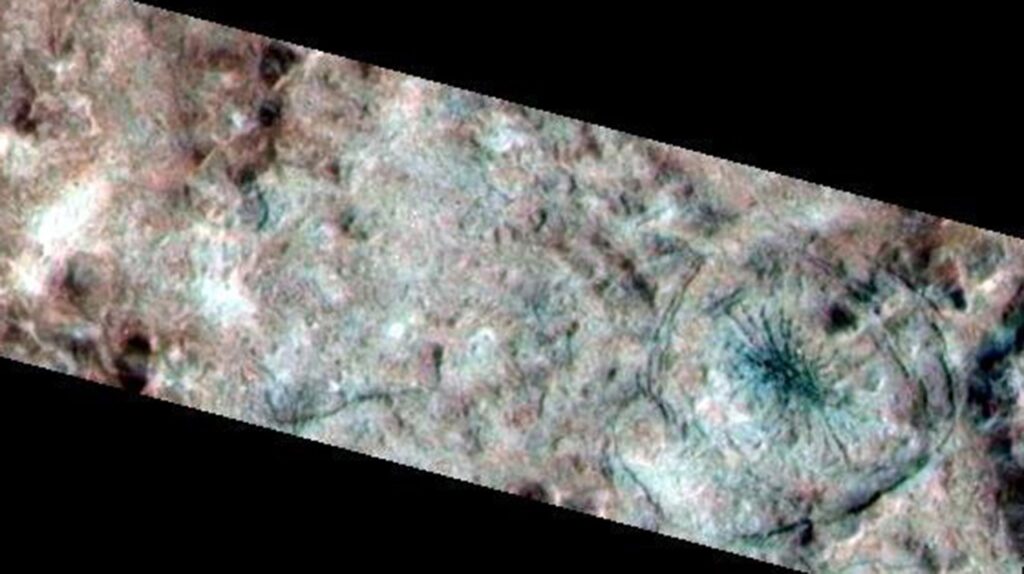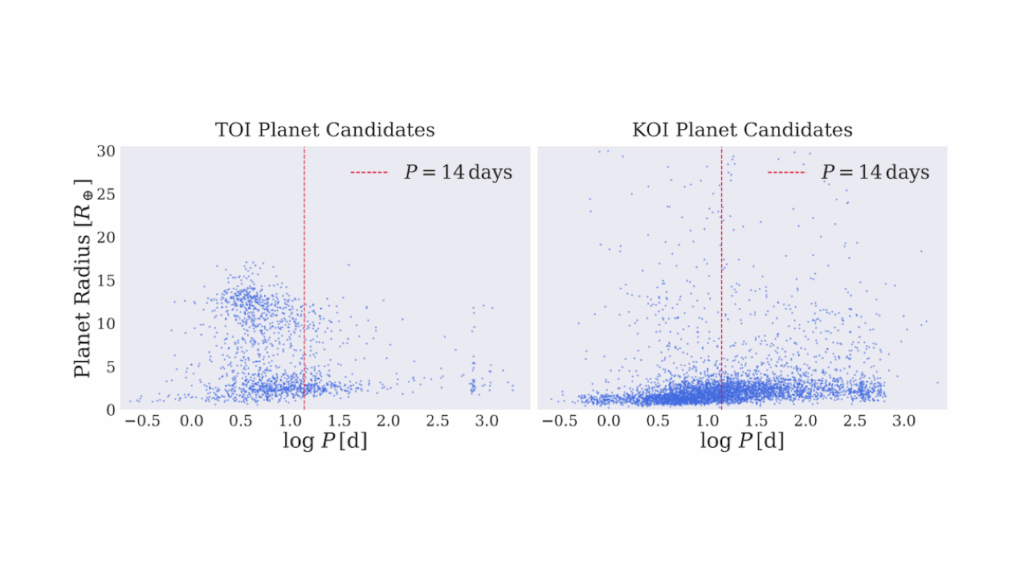Ocean Dynamics and the Inner Edge of the Habitable Zone for Tidally Locked Terrestrial Planets

Recent studies have shown that ocean dynamics can have a significant warming effect on the permanent night sides of 1 to 1 tidally locked terrestrial exoplanets with Earth-like atmospheres and oceans in the middle of the habitable zone.
However, the impact of ocean dynamics on the habitable zone’s boundaries (inner edge and outer edge) is still unknown and represents a major gap in our understanding of this type of planets. Here we use a coupled atmosphere-ocean global climate model to show that planetary heat transport from the day to night side is dominated by the ocean at lower stellar fluxes and by the atmosphere near the inner edge of the habitable zone.
This decrease in oceanic heat transport (OHT) at high stellar fluxes is mainly due to weakening of surface wind stress and a decrease in surface shortwave energy deposition. We further show that ocean dynamics have almost no effect on the observational thermal phase curves of planets near the inner edge of the habitable zone. For planets in the habitable zone’s middle range, ocean dynamics moves the hottest spot on the surface eastward from the substellar point. These results suggest that future studies of the inner edge may devote computational resources to atmosphere-only processes such as clouds and radiation.
For studies of the middle range and outer edge of the habitable zone, however, fully coupled ocean-atmosphere modeling will be necessary. Note that due to computational resource limitations, only one rotation period (60 Earth days) has been systematically examined in this study; future work varying rotation period as well as other parameters such as atmospheric mass and composition is required.
Jun Yang, Dorian S. Abbot, Daniel D. B. Koll, Yongyun Hu, Adam P. Showman
(Submitted on 6 Feb 2019)
Comments: 34 pages, 13 figures, and 1 table
Subjects: Earth and Planetary Astrophysics (astro-ph.EP)
Journal reference: The Astrophysical Journal, 2019
DOI: 10.3847/1538-4357-aaf1a8
Cite as: arXiv:1902.02103 [astro-ph.EP] (or arXiv:1902.02103v1 [astro-ph.EP] for this version)
Submission history
From: Jun Yang
[v1] Wed, 6 Feb 2019 10:45:08 UTC (13,601 KB)
https://arxiv.org/abs/1902.02103
Astrobiology








